Different Types of Software with Examples - A Complete Guide
Every day, we come across different types of computer software that help us with our tasks and increase efficiency. From MS Windows, which greets us when we switch on the system and the web browser we use to surf the internet to the games we play on our computer to the calorie burn counter on our smartphone, are all examples of software.
In this world of technology, we even come across various software development trends that help our business to grow. We are surrounded by software that makes our lives easier.
But do you know these software programs fall under different categories? Now, you might be thinking – how many types of software are there?
Primarily, there are two types of software – system and application software.
In this article, let us explore these types of software with examples and the difference between both types.
What is a Software?
By definition, software (also abbreviated as an SW or S/W) is a collection of data, programs, procedures, instructions, and documentation that perform various predefined tasks on a computer system. It enables users to interact with the computer. 

The software in a computer system is any program, script, or application running on it. It includes libraries, programs, and corresponding non-executable data, such as digital media and online documentation.
Computer hardware and software need each other, and neither of them can work independently. The amalgamation of the hardware and the software gives control and flexibility to modern-day computing systems. Without them, computers would be of no use.
For instance, without your web browser's help, you cannot surf the Internet. Similarly, no application can run on your computer without an operating system.
Today, we carry out various day-to-day activities using different types of software, such as a payment app, Google Maps, an instant communication app, online food ordering app, online shopping, etc.
Different Types of Software
As mentioned above, there are two major software types in computer systems – System Software and Application Software.
1. System Software
It aids a user and the hardware to function and interact with each other. Basically, it is software to manage computer hardware behavior to provide basic functionalities to users.
Simply put, the system software is an intermediator or a middle layer between the user and the hardware. It sanctions a platform or environment for the other software to work in. This is the reason why it is very important in managing the entire computer system.
When you first turn on the computer, it is the system software that gets initialized and loaded into the memory of the system. It runs in the background and is not used by the end users. Hence, this type of software is also known as ‘low-level software’.
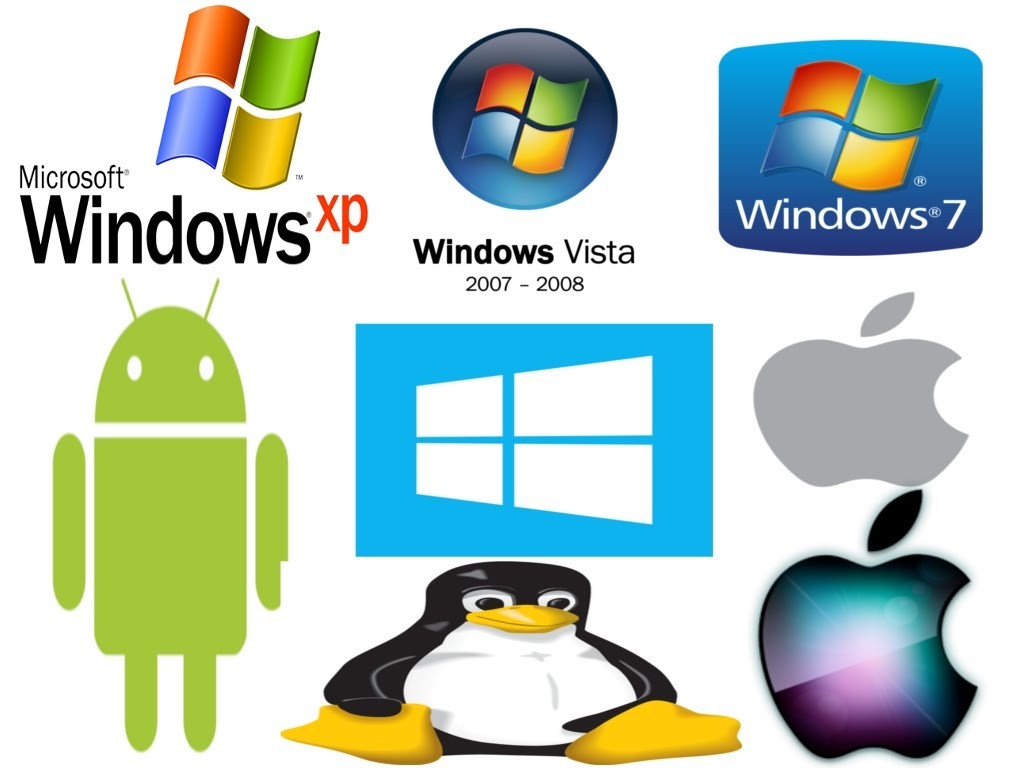
Examples of System Software
Operating System
It is the most basic example of the system software used in every computing device. It is a collection of software that handles resources and provides general services for the other applications that run on a specific system.
Although each operating system is different, most provide a graphical user interface (GUI) through which you can manage files and folders and perform other tasks. Every device, whether a desktop, laptop, or mobile phone, requires an operating system to provide its basic functionality.
As an OS essentially determines how a user interacts with the system, many users prefer to use one specific OS for their device. There are various types of operating systems, such as real-time, embedded, distributed, multiuser, single-user, internet, mobile, and many more. It is important to consider the hardware specifications before choosing an operating system.
Some examples of operating systems are:
- Android
- CentOS
- iOS
- Linux
- Mac OS
- MS Windows
- Ubuntu
- Unix
Device Drivers
It is a type of software that controls particular hardware attached to the system. Hardware devices that need a driver to connect to a system include displays, sound cards, printers, mouse, and hard disks.
Further, there are two types of device drivers: Kernel Device Drivers and User Device Drivers.
Some examples of device drivers are:
- BIOS Driver
- Display Drivers
- Motherboard Drivers
- Printer Drivers
- ROM Drivers
- Sound card Driver
- USB Drivers
- USB Drivers
- VGA Drivers
- VGA Drivers
- Virtual Device Drivers
Firmware
Firmware is permanent software embedded into a read-only memory. It is a set of instructions permanently stored on a hardware device. It provides essential information regarding how the device interacts with other hardware. Firmware can be considered as ‘semi-permanent’ as it remains permanent unless it is updated using a firmware updater.
Some examples of firmware are:
- BIOS
- Computer Peripherals
- Consumer Applications
- Embedded Systems
- UEFI
Programming Language Translators
These are mediator programs on which software programs rely to translate high-level language code to simpler machine-level code. Besides simplifying the code, the translators also do the following :
- Assign data storage
- Enlist source code as well as program details
- Offer diagnostic reports
- Rectify system errors during the runtime
Examples of Programming Language Translators are interpreters, compilers, and assemblers.
Utility
Utility software is designed to aid in analyzing, optimizing, configuring, and maintaining a computer system. It supports the computer infrastructure. They focus on how an OS functions and then accordingly decide their trajectory to smoothen the system's functioning.
Antiviruses, disk cleanup & management tools, compression tools, defragmenters, etc., are all utility tools.
Some examples of utility tools are:
- Avast Antivirus
- Directory Opus
- McAfee Antivirus
- Piriform CCleaner
- Razer Cortex
- Windows File Explorer
- WinRAR
- WinZip
2. Application Software
Application Software, also known as end-user programs or productivity programs, help the user in completing tasks such as doing online research, jotting down notes, setting the alarm, designing graphics, keeping an account log, doing calculations, or even playing games. They lie above the system software.
End users them for a specific purpose or task. For example, a browser is an application designed specifically for browsing the internet and MS Powerpoint is used for creating presentations.
Application Software or simply apps can also be referred to as non-essential software as their requirement is highly subjective, and their absence does not affect the system's functioning. The apps we see on our mobile phones are also examples of Application Software.
Certain software is exclusively made for app development, like Meteor and Flutter. These are examples of Application software too.
Types of Application Software
Word Processors
These applications help you create documents where you can write and edit anything. Along with that, it also helps in storing, formatting, and printing documents.
Some examples of word processors are:
- Abiword
- Apple iWork- Pages
- Corel WordPerfect
- Google Docs
- MS Word
Database Software
A database management system is an application software to create and manage databases. They help with the organization of data. Some examples of DBMS are:
- Clipper
- dBase
- FileMaker
- FoxPro
- MS Access
- MySQL
Multimedia Software
It is the software that is able to play, create or record images, audio or video files. They are used for video editing, animation, graphics, and image editing, Some examples of Multimedia Software are:
- Adobe Photoshop
- Inkscape
- Media Monkey
- Picasa
- VLC Media Player
- Windows Media Player
- Windows Movie Maker
Education and Reference Software
These types of software are specifically designed to facilitate learning on a particular subject. There are various kinds of tutorial software that fall under this category. They are also termed as an academic software. Some examples are:
- Delta Drawing
- GCompris
- Jumpstart titles
- KidPix
- MindPlay
- Tux Paint
Graphics Software
As the name suggests, Graphics Software has been devised to work with graphics as it helps the user to edit or make changes in visual data or images. It comprises of picture editors and illustration software. Some examples are:
- Adobe Photoshop
- Autodesk Maya
- Blender
- Carrara
- CorelDRAW
- GIMP
- Modo
- PaintShop Pro
Web Browsers
Web browsers help us browse the internet. They help the user retrieve data across the web. Some examples of web browsers are:
- Google Chrome
- Internet Explorer
- Microsoft Edge
- Mozilla Firefox
- Opera
- Safari
- UC Browser
Other than these, all the software that serves a specific purpose fall under the category of application software.
System Software vs Application Software
Let us now dive deeper into the differences between system software and application software.
|
System Software |
Application Software |
|
Makes all other software (application software) work well on the system and maintains system resources. |
Developed for a specific task. |
|
Uses low-level programming languages for development. |
Uses high-level programming languages for development. |
|
The system cannot run without this type of software. |
There is no necessity to have application software. The system can run without it. |
|
Starts running when the system turns on and stops after the system shuts down. |
Starts and stops based on user requests. |
|
Developing system software is a complex process. |
Developing application software is not complex. |
|
Serves as an interface between the hardware and end users. |
Serves as an intermediary between the computer and end users. |
|
Runs independently. |
Requires system software to run. |
|
Examples: Operating systems, device drivers, firmware, programming language translators, and utility programs. |
Examples: Word processors, web browsers, database management systems, graphics software, etc. |
Some Other Types of Software
The software can also be classified based on availability and shareability. This classification is as follows:
1. Freeware
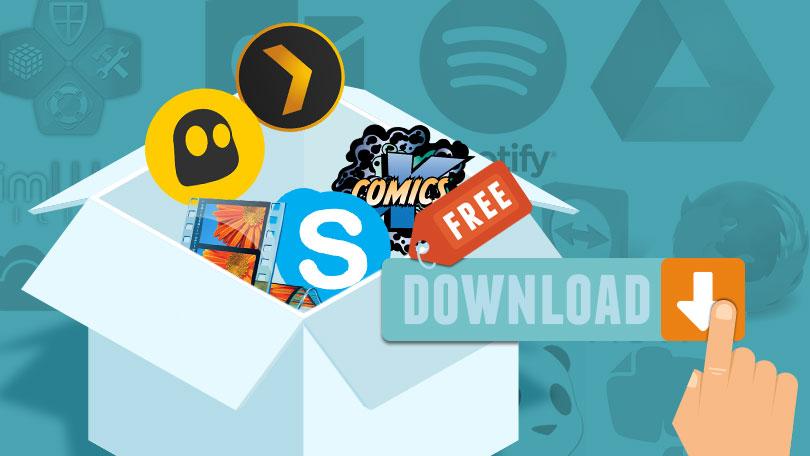
It is available without any cost. Any user can download it from the internet and use it without paying any fee. However, freeware does not provide any liberty for modifying the software or charging a fee for its distribution. Examples are:
- Adobe Reader
- Audacity
- ImgBurn
- Recuva
- Skype
- Team Viewer
- Yahoo Messenger
2. Shareware
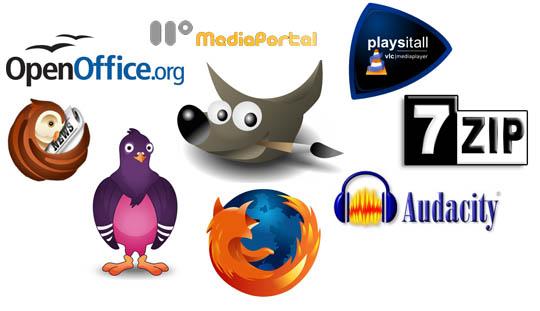
It is a software type distributed freely to users on a trial basis. It usually comes with a time limit, and when the time limit expires, the user is asked to pay for the continued services. There are various types of shareware like Adware, Donationware, Nagware, Freemium, and Demoware (Crippleware and Trialware).
Some examples of shareware are:
- Adobe Acrobat
- Getright
- PHP Debugger
- Winzip
3. Open-source
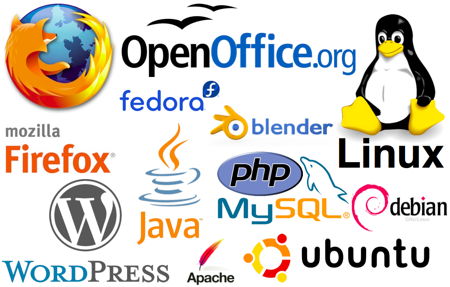
These kinds of software are available to users with the source code, which means that a user can freely distribute and modify the software and add additional features to the software. Open-Source software can either be free or chargeable.
Some examples of open-source software are
- Apache Web Server
- GNU Compiler Collection
- Moodle
- Mozilla Firefox
- Thunderbird
4. Closed-Source
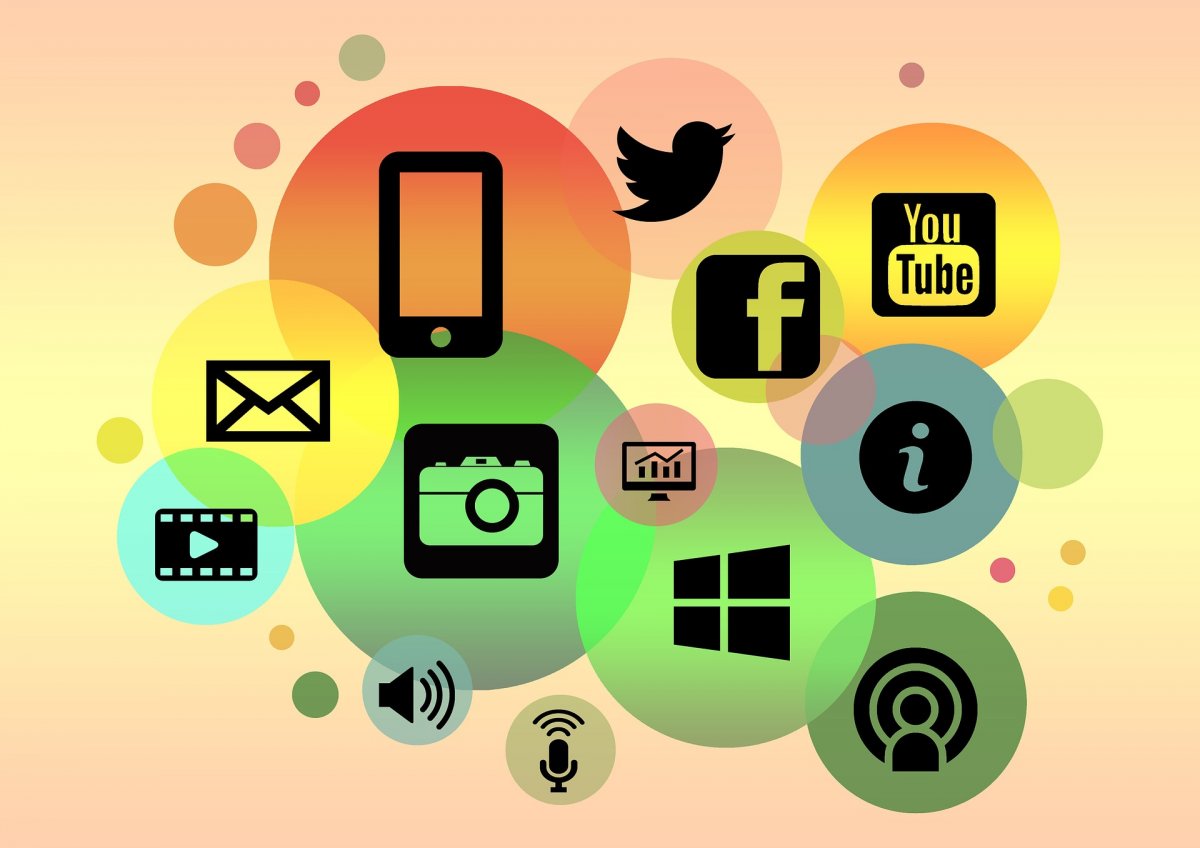
These types of applications are usually paid and have intellectual property rights or patents over the source code. These are very restricted, and the source code is usually preserved and kept as a secret.
Some examples include:
- macOS
- Microsoft Windows
- Google Earth
- Skype
- Java Adobe Reader
- Adobe Flash Player
Conclusion
This was all about the types of software. As we use different software every day to accomplish various tasks, it is important to understand their classification. System software and applications are the two major types of software available out there. The former is the heart of any computing system, whereas the latter is designed for a specific purpose.
Besides, we have also covered some other types based on their availability and sharability, such as freeware, shareware, open-source, and closed-source.
We hope this article has helped you understand different types of software.
People are also reading:
- What is the Work of DevOps Engineer?
- Tips for Footer Design of a Website
- Top 10 Startup Tools
- What is MVP?
- Why Remote software Development Expensive?
- Future of Flutter
Frequently Asked Questions
1. Why is application software important?
Application software is important to accomplish a specific task. For example, say you want to browse the internet. For this, you need a web browser, which is an application software.
2. How do I choose the right application software?
While choosing the application software, think about the purpose you want to accomplish with it, whether it offers features you are looking for, whether it provides support in case of an emergency, and check if it integrates seamlessly with other tools.
3. What is the difference between application software and an application platform?
Application software is a computer program to perform a specific task. A few examples include word processors, web browsers, games, etc. On the flip side, an application platform is a framework or environment equipped with APIs, libraries, development tools, and runtime environments to develop applications.
4. What is the definition of application software?
An application software is a type of computer program that performs a particular function.

